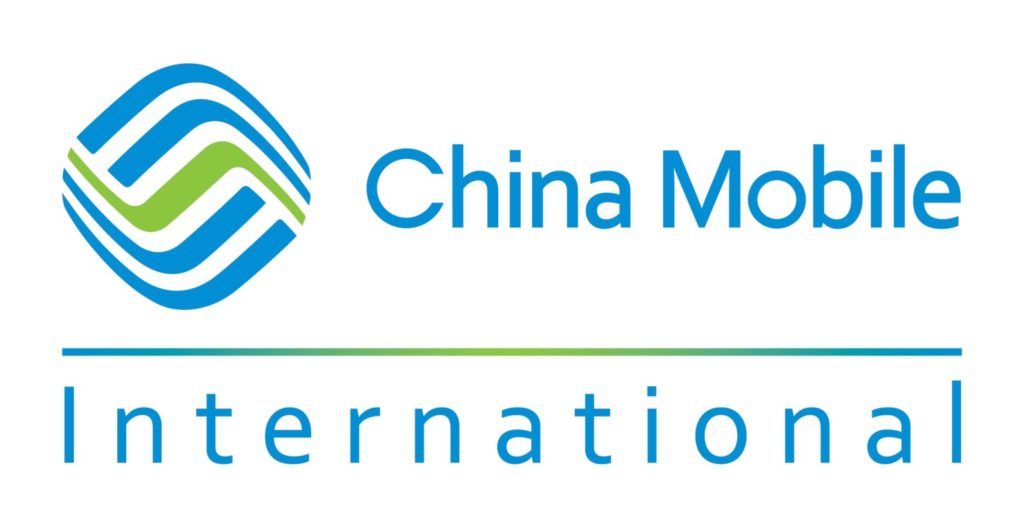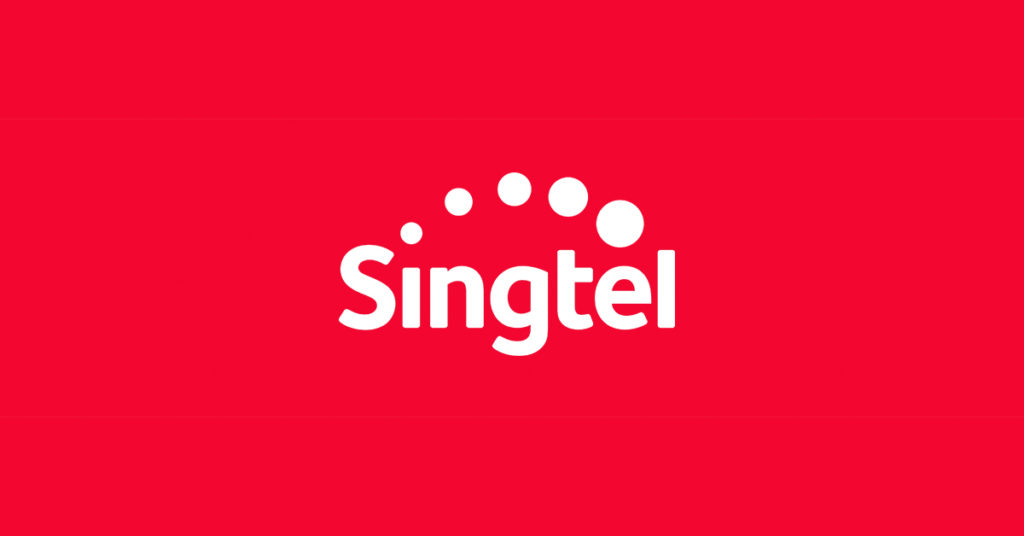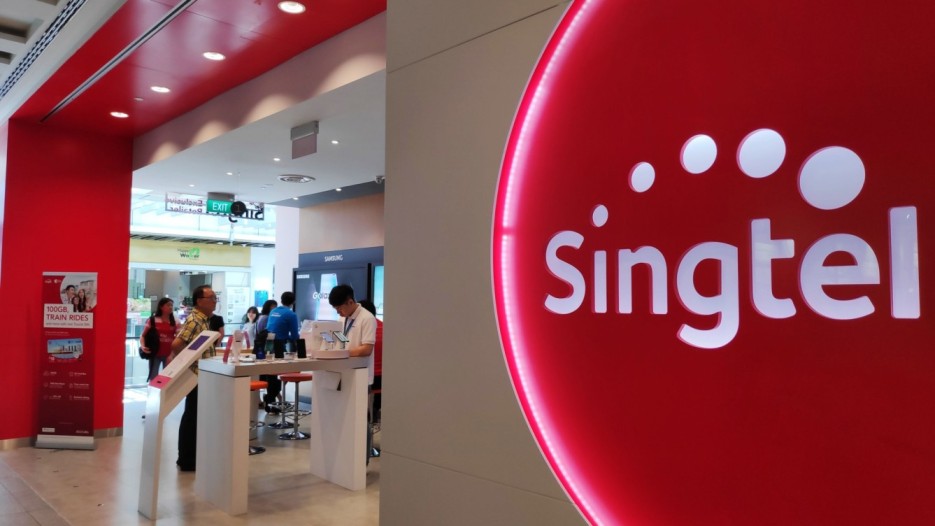China Mobile – China’s Largest Mobile Network Operator.
China Mobile is the largest mobile network operator in the world based on capitalization. It was founded in 1999 as a result of the spinning off of China Telecommunications Corporation. Previously, it was known as China Telecom (Hong Kong) Limited, incorporated in 1997. The company is serving over 946.73 million people globally. China Mobile trades on the Hong Kong Stock Exchange as SEHK.
CMHK, Zong, and CML ink are some of its subsidiaries, and over 456000 people are working for the company in its global offices. The company recorded revenue of CNY746 billion in 2019, and total assets owned by the company in the same year were CNY1629 billion. The company is operational in countries like China, Hong Kong (as CMHK), Pakistan (as Zong), Japan, Thailand, United Kingdom, Singapore, and Canada.
The Founding of China Mobile
China Mobile Limited is a China state-owned and publically traded company. It was founded as China Telecom (Hong Kong) Limited, on 3 September 1997, in Hong Kong. With the inception of the company, it was listed on the New York Stock Exchange on 22 October 1997, and on the very next day, it was also listed on the Stock Exchange of Hong Kong. The company raised a sum of US$4.2 billion in its Initial Public Offering.
In the three years of its beginning, China Mobile made acquisitions of companies like Beijing Mobile, Shanghai Mobile, Tianjin Mobile, Hebei Mobile, Liaoning Mobile, Shandong Mobile, and Guangxi Mobile, to expand its operations as a telecom company. In November 2000, the company partnered with Vodafone Group Plc., where the latter acquired new shares of China Mobile (Hong Kong) Limited. The company name was also changed from China Telecom (Hong Kong) Limited to China Mobile (Hong Kong) Limited in the same year.

On 23 October 2001, China Mobile listed on the Shanghai Stock Exchange, issuing an aggregate of RMB5 billion of corporate bonds in China. The same year, the company also operated its network service on Mount Everest for the first time. In 2004, the company went on to acquire few more telecom companies, including Guizhou Mobile, Yunnan Mobile, Xizang Mobile, and Gansu Mobile. It also bought the shares of China Resources Peoples Telephone Company Limited through its subsidiary company Fit Best Limited in 2005. The next year, the company was renamed China Mobile Limited.
In June 2006, China Mobile partnered with News Corporation and STAR Group Limited to enter the wireless media business. Later, in 2010, the company also stepped into the mobile finance and mobile e-Commerce businesses through a partnership with SPD Bank.
China Mobile obtained the 4G (TD-LTE) license in 2013 and launched a 4G commercial service in 16 cities of China, and also, launched a new brand ‘and!’ in China. In 2014, the company established China Communications Facilities Services Corporation Limited in partnership with China Telecom and China Unicom. It also launched MIGU, a company dedicated to mobile internet, in 2015, which also specialized in digital content services. At the end of 2017, China Mobile launched a free call service for the Chinese people living in the UK with the name CMLink. In 2020, the company valued at HK$965 billion and became the largest red chip company in the world.
Products and Services
China Mobile mainly provides the GSM network service in mainland China and Hong Kong. It also provides data transmission services through GPRS. The company offers the 3G services under the name G3, and for 4G, it uses the trade name and和. Easyown, GoTone, and M-zone are some of its other trade names, providing fixed-line telephony, mobile telephony, broadband internet, digital television as well as internet television services.
The CEO at China Mobile
Li Yue is a renowned Chinese businessman, who is serving as the CEO of China Mobiles since September 2019. Yue is born and brought up in China. He went to the Beijing University of Posts and Telecommunications to obtain a bachelor’s degree in the telephone exchange and joined Tianjin University to complete a master’s degree in business administration. Later, he joined the Hong Kong Polytechnic University and earned a doctorate in business administration.

Yashica is a Software Engineer turned Content Writer, who loves to write on social causes and expertise in writing technical stuff. She loves to watch movies and explore new places. She believes that you need to live once before you die. So experimenting with her life and career choices, she is trying to live her life to the fullest.

